Jumper’s knee. Tennis elbow. Pitcher’s shoulder. Do any of these conditions sound familiar? In fact, they’re all names for the same, painful problem: tendonitis.
You can have pain from tendonitis just about anywhere in your body. It may occur in your thigh, your arms or even your shoulders. Thankfully, the condition is treatable and is even preventable. Here’s how you can prevent tendonitis, and what to do if you’re diagnosed.
What’s Tendonitis?
Your body is a complex network of bones, tendons, ligaments and muscle. You’re already familiar with muscles and bones. But what are tendons and ligaments?
A ligament is a fiber that stretches from one bone to another. Tendons, however, are fibers that stretch from muscle to bone. When you move your body, each of these components works together. But sometimes things can go wrong.
Tendonitis is the condition that occurs when your tendons become inflamed. This usually happens in one of two ways. First, you could experience inflammation because of repetitive action. You know, like hitting that tennis ball over and over. Or, you could experience tendonitis because of an injury. These injuries are also usually sports-related.
The people who are most likely to get tendonitis are what some would call “weekend warriors.” They’re the people who play hard on the weekends, but don’t regularly exert themselves any other day of the week. However, older adults and people whose job requires repetitive action.
If you do suffer from tendonitis, you’re in luck! The condition is treatable, and if properly cared for won’t lead to long-term problems. Let’s look at what you can do to treat – and prevent – tendonitis.
How to Prevent Tendonitis
You may not be able to predict a tendonitis diagnosis. But there are ways you can decrease the likelihood that you’ll suffer from the condition.
- Exercise right. Before you exercise, be sure to properly stretch. Avoid overexertion if you’re not regularly working out.
- Exercise frequently. If you’re only exercising on the weekends or occasionally, it may be a good idea to increase the frequency of your activity. This will strengthen your muscles and decrease the risk of injury to unused tendons.
- Vary your workouts. Instead of playing tennis every Sunday, why not switch it up? Swim on Friday or shoot hoops on Wednesday. Varying your activity will decrease the risk of repetitive strain on your tendons.
- Listen to your body. If you’re exercising and begin to notice pain or discomfort, stop and rest. Your body is telling you that something’s wrong.
- Use the right gear. Properly fitting shoes, compression socks and orthotic insoles go a long way in preventing tendonitis. Compression socks will improve the blood flow to your body, and orthotic insoles will ensure your feet are properly supported.
If you have a job which requires repetitive movement, it may become necessary to talk to your boss. There may be ways you can successfully perform your job without putting strain on your tendons. For example, if you’re a house painter, it may be time to invest in a paint sprayer.
How to Treat Tendonitis
If you’re unfortunate to have been diagnosed with tendonitis, don’t worry. There are things you can do to heal your body, and tendonitis doesn’t usually require any special surgery.
First, rest. The goal of your tendonitis treatment is to reduce inflammation, and there’s no better way to do that than through rest. Your doctor may “prescribe” a combination of cold and heat therapy for your aching tendons, too.
Tendonitis is painful, but an over the counter pain medication is usually enough to keep the pain under control. Your doctor will tell you which is best for you. Generally, she’ll tell you to take naproxen sodium or ibuprofen.
In more severe cases of tendonitis, you may be asked to wear a splint. A splint will help to prevent further injury to your body. In almost all cases, your doctor will tell you to stop doing the activity that caused the tendonitis.
To further speed your healing, you can try wearing compression products. If you’re suffering from tennis elbow, try a compression sleeve. If it’s in your knees or your thigh, a full compression sock might help. Increasing oxygenated blood to the area helps to heal your tendonitis faster.
Other Risk Factors for Tendonitis
You already know that repetitive motion and athletic strain can cause tendonitis. But there are other risk factors for the condition as well.
As you might imagine, obesity is a contributor to tendonitis. Carrying an extra, unhealthy amount of weight puts unnecessary strain on your joints and tendons and can cause tendonitis. Of course, obesity puts you at risk for a host of other conditions as well. Talk to your doctor about a healthy weight loss plan.
Interestingly, diabetes also puts you at higher risk for tendonitis. If your blood sugar isn’t under control, this will actually cause your tendons to thicken! As they thicken, your tendons are more likely to become inflamed or even to tear.
Smoking is a huge risk factor for tendonitis. Most people are familiar with the risks of smoking on heart and lung disease. But smoking also weakens your bones and other parts of your musculoskeletal system. Smokers are 150% more likely to develop tendonitis than non-smokers.
Finally, there are certain medications which can increase your risk of developing tendonitis. Cipro and other antibiotics have been shown to actually rupture tendons. In 2008, the government began to issue warnings about the risk from these drugs, saying that one in 100,000 patients on the drug suffered spontaneous tendon ruptures. Ouch!
Tendonitis is a painful condition, and there are more risk factors than just improperly exercising. Fortunately, the condition is usually very easily treated, and it’s also possible to prevent the disorder. Exercise smart and listen to your body to decrease your risk of tendonitis.




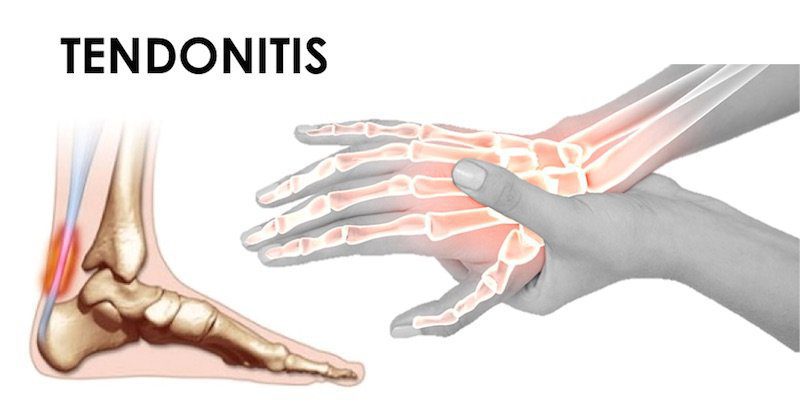

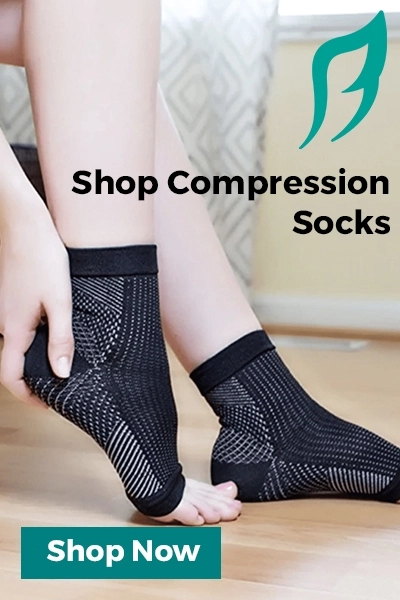


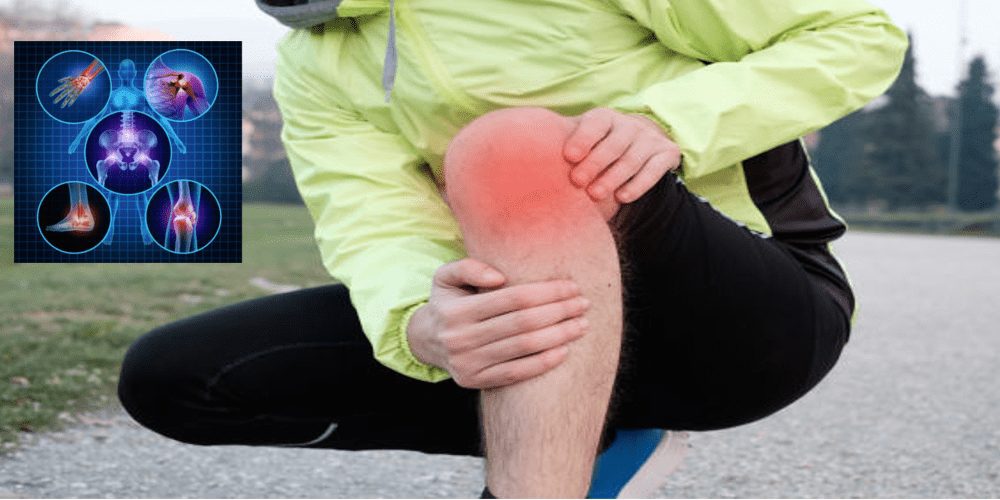


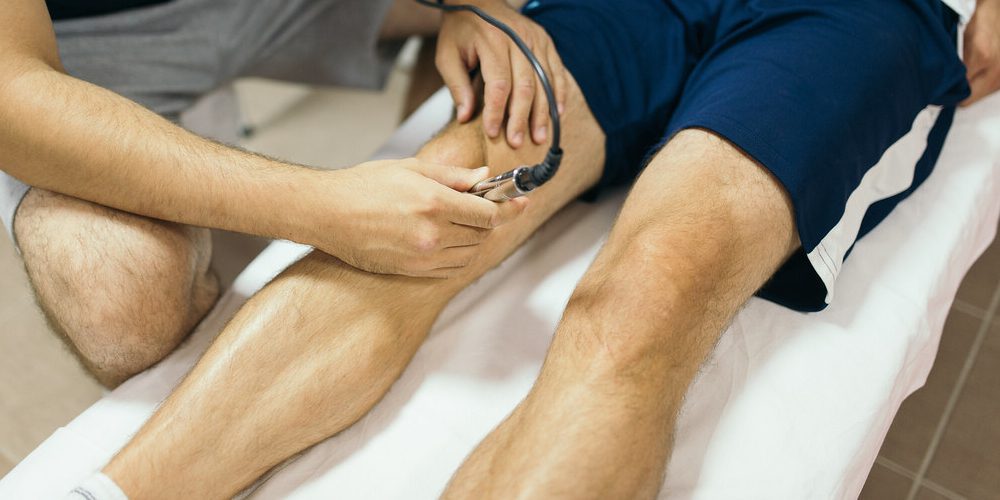
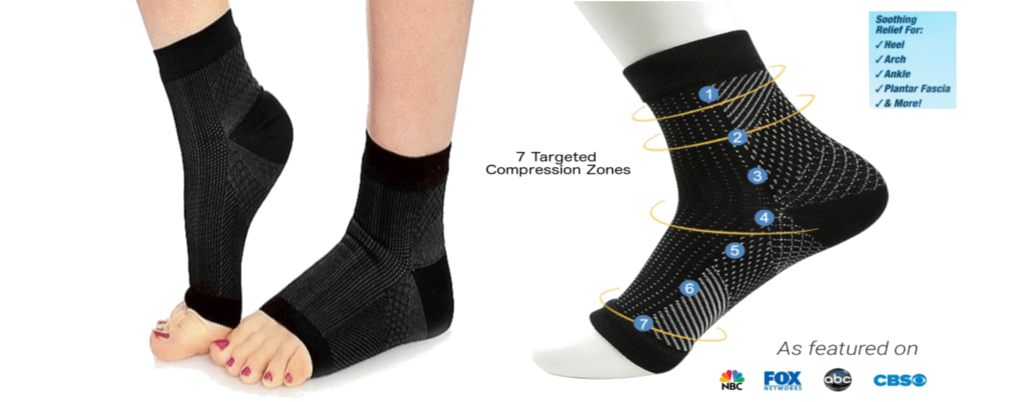

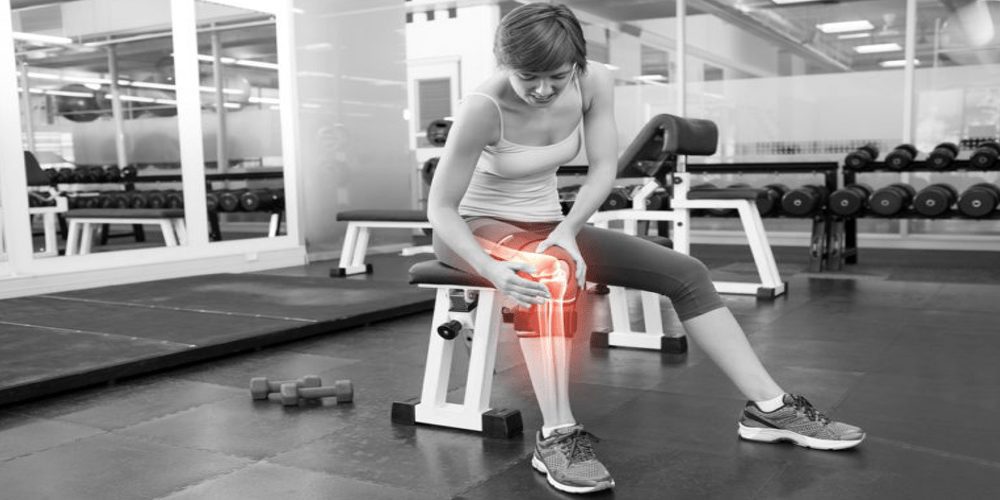
4 Responses
I have a very painful Achilles tendon . I put it down to incorrect footwear while running . Have just bought a nice new pair of trainers and will look to experiment with them shortly …I want to know more abut these insoles please .
Hi John. I am very sorry to hear about your painful Achilles tendon. Luckily we have several products in our store which can help you feeling better. Please look at our insoles, our Pain Relief Compression Socks and our Heel, Ankle & Achilles Pain Management Socks. These are just three products that you could test yourself and see which combination will give you the best results. All of them are designed to help you with your issues, but in the end it is just a matter of personal preference.
Hey there! I’ve been following your web site for a long time now and finally got the courage to go ahead and give you a shout out from Atascocita Tx! Just wanted to say keep up the fantastic work!
Thanks for your valuable guidance about tendonitis my Achilles tendon is very painful and I have to apply these advices…